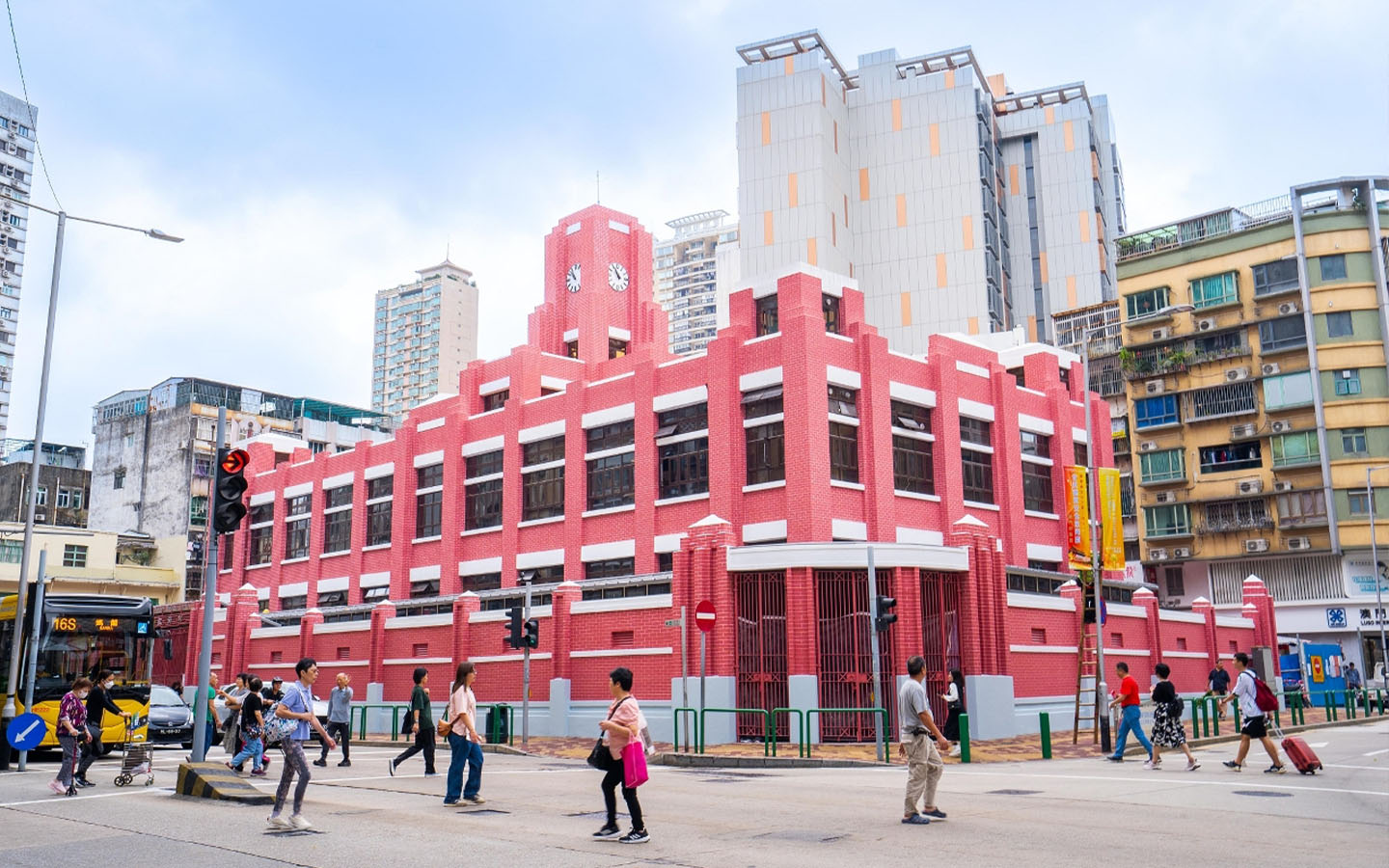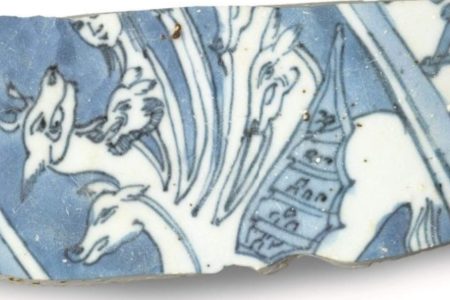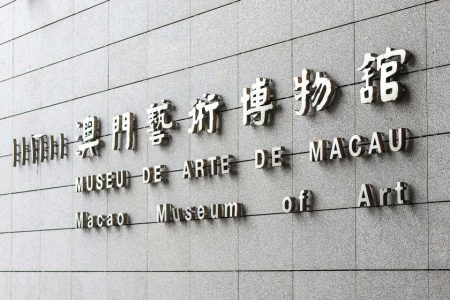Two years after it was closed for renovation, the “Red Market” – or the Almirante Lacerda Municipal Market to use its formal name – is scheduled to reopen next month.
As part of the revamp, the structure of the iconic building has been fortified, walls and floor tiles have been replaced, and new facilities have been installed, including a large clock, air-conditioning system and better lighting. The relaunch will also see the return of nearly 130 vendors selling a variety of fresh produce, ranging from vegetables to seafood.
[See more: The internet asked ‘How big is Macao?’ and we answered]
For local residents in the Horta e Costa district, who have been travelling to a temporary market near the Patane Market Municipal Complex to do their shopping, the reopening is good news and marks the return of a cherished community hub.
To mark this special occasion, we’ve drawn up a list of four things you may not know about Macao’s iconic Red Market.
1. It’s the oldest operating market in Macao
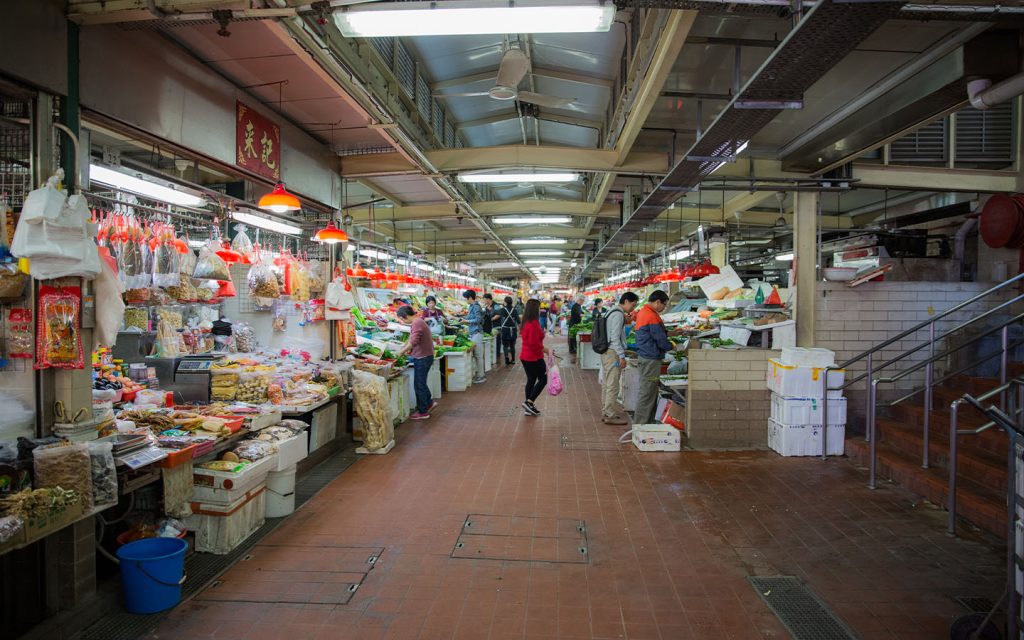
With 88 years of history, the three-storey Red Market is Macao’s longest serving fresh produce market (or “wet market” as they’re known). It has been around longer than Mercado da Horta da Mitra and Mercado Municipal de Coloane, which opened for business in their present forms in 1940 and 1941 respectively.
The decision to construct the iconic structure on a 1,450 square metre plot of land on Avenida do Almirante Lacerda was officially approved in August 1933, with construction beginning in early 1935.
Vendors in the original San Kio Market, as well as those in the surrounding area objected to the project, arguing that it would adversely affect their business. Portuguese administrators, however, insisted on an indoor market for sanitary reasons. A new market was also needed to cater to Macao’s growing population, which received a boost from the influx of mainland Chinese refugees fleeing military conflict between China and Japan.
Construction of Red Market was completed in July 1936, with the project costing some 60,000 patacas. In recognition of the structure’s historic importance, the government designated it as a local cultural heritage site in 1992 – the only building of its kind to hold the distinction.
2. The Red Market was originally next to the sea
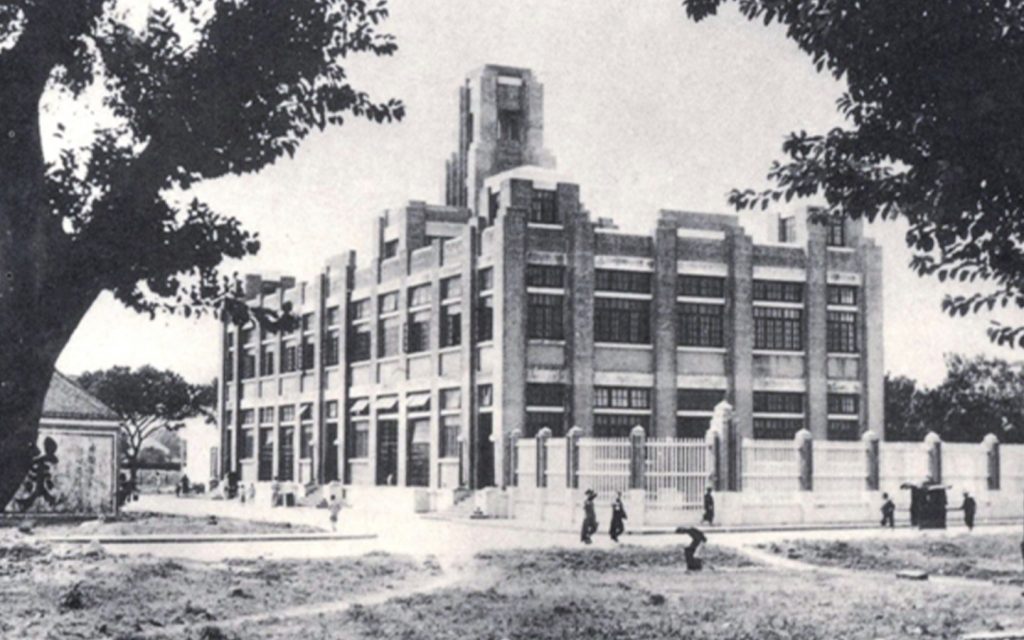
In an interview with Macao Daily News, local urban planner Lam Iek Chit said a major factor behind the location of the Red Market was its seafront location – meaning that it was ideal for the shipment of goods.
Of course, extensive land reclamation has changed the area’s geography to the point where the original coastline has completely vanished.
Gentrification of the area was another concern behind the market’s location. While the area was home to wartime refugees, it also had upmarket pockets. At that time, there were wealthy villas along nearby Avenida de Horta e Costa and Avenida do Ouvidor Arriaga. These families, it was felt, needed a decent place to shop for daily necessities.
3. It’s officially named after an admiral and acting governor

The official name of the Red Market is Almirante (“Admiral”) Lacerda Municipal Market. But who was the admiral?
Hugo de Lacerda (1860-1944) was Portuguese naval officer and prominent hydrography engineer. He played an important role in helping to advance hydrographic cartography in Portugal and implemented several scientific teaching practices at the Naval School of Lisbon.
[See more: A blogger has rediscovered the writings of a 19th-century woman on Macao]
The admiral worked in Macao from 1918 to 1927 as the director of harbour works. He oversaw a land reclamation project in ZAPE and helped with the staging of the city’s very first industrial fair.
Lacerda also held the post of interim governor of Macao twice. The first time was in October 1918, when Macao was awaiting the arrival of the incoming governor, Artur Tamagnini de Sousa Barbosa (1880-1940). The second time was also filling in for Sousa Barbosa, with the interim period lasting between 22 July and 8 December 1926.
Incidentally, while the market’s Portuguese name focuses on Lacerda’s naval background, the Chinese name (罅些喇提督馬路) stress his gubernatorial role.
4. The market has been fitted with a clock that was part of the original design
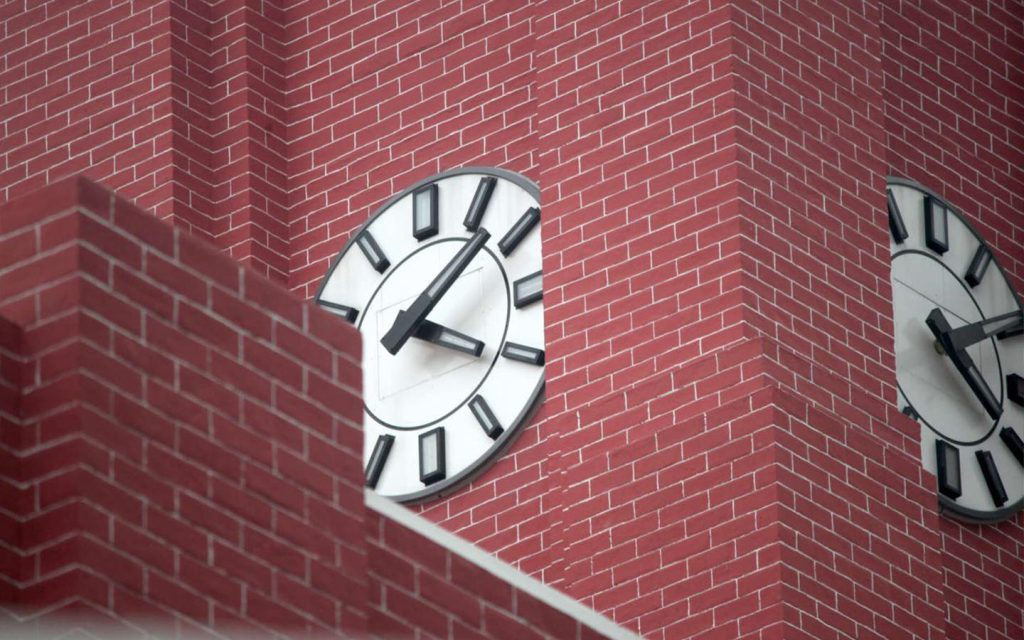
Measuring 44 metres in height and 20 metres in width, the distinctive look of Red Market was courtesy of Macanese architect Julio Alberto Fernandes Basto who designed the building in an art deco style. The Red Market’s colour is another art deco hallmark, with the style favouring bold colours.
The newly renovated tower of the Red Market features the installation of a clock, which was always part of Basto’s plan. The head of the Cultural Affairs Bureau, Leong Wai Man said “We looked at some historical documents and there was, in fact, a plan [for a clock]. Of course, it was never realised…so, we approve of the Municipal Affair Bureau’s suggestion to install a clock.”
[See more: Five things you may not know about the history of the Macau Jockey Club]
However, critics say the new clock’s shape differs from that specified in the original plans. An image, published on social media in February 2024, also showed the clock lit up in an eerie fluorescent green, drawing the ire of many social media users, who said the hue was “out of place,” “vulgar” and “unacceptable.”
The government later stated that it was testing the clock’s workings and that the green lighting would not be used when the market becomes operational.
